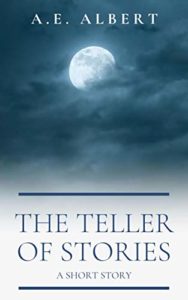 Title: The Teller of Stories
Title: The Teller of Stories
Author: A.E. Albert
Publisher: Self-Published
Publication Date: August 12, 2020
Genres: Young Adult, Science Fiction
Length: 13 pages
Source: I received a free copy from the author.
Rating: 5 Stars
Blurb:
The old woman has only one purpose in her little village- to tell stories. It is an important task and necessary to ease the overburdened people of The Chain. She tells many tales. Some are history and others only myth. But one night, she tells a story. An ancient story. A story about impossible times and events. Is it only a tale from the demented imagination of an old woman or the startling history of a people’s doomed past?
Review:
Content Warning: Nuclear war
Truth comes in many different forms.
This is one of those short stories that I have to review carefully in order to avoid sharing spoilers, but I loved the way Ms. Albert played around with the idea that even the wildest legends might not be as far fetched as you’d think. The old woman had grown so old, frail, and physically infirm that her only real role in her village was to pass on the folklore she’d been taught as a child. It’s up to you as a reader to determine what really happened, and I relished that opportunity.
My favourite scenes were the ones that described scientific advances we are well acquainted with today in such flowery terms that it took a moment to sort out how those details had changed over many generations of storytelling. While the main character lived in a culture that highly valued their oral traditions and were meticulous about making sure every story was passed down correctly, there are still certain things that don’t always translate smoothly between what a tiny agrarian society has access to versus what an large industrial one can create.
I also appreciated the way the author wrote for a teenaged audience while steering clear of many of the overused tropes of young adult science fiction. Similar tales have been told before, of course, but it still felt fresh and interesting to me. In short, don’t let that label scare you off if you generally prefer adult fiction. This transcended the boxes it was written to fit into, and it was an excellent introduction to Ms. Albert’s work for me. I will definitely be keeping at eye out for what she comes up with next.
Let’s see how I can share this one final compliment without giving away massive spoilers. Just when I thought all of my most important questions had been answered, the final page delivered one last plot twist that made me grin. It was something I’d briefly wondered about earlier, but I hadn’t actually thought the narrator was going to go through with it. Isn’t it amazing when that happens?
The Teller of Stories was delightful.

 Title: Jathniel, The Immortal
Title: Jathniel, The Immortal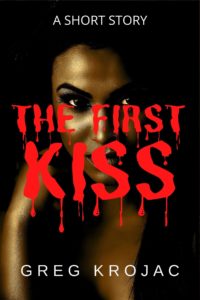 Title: The First Kiss
Title: The First Kiss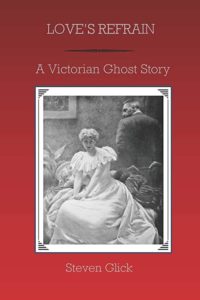 Title: Love’s Refrain – a Victorian Ghost Story
Title: Love’s Refrain – a Victorian Ghost Story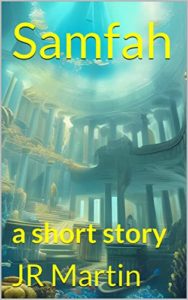 Title: Samfah
Title: Samfah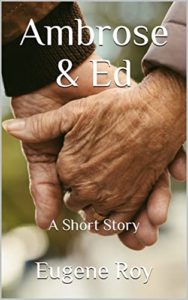 Title: Ambrose & Ed
Title: Ambrose & Ed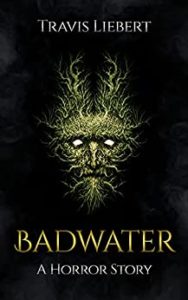 Title: Badwater
Title: Badwater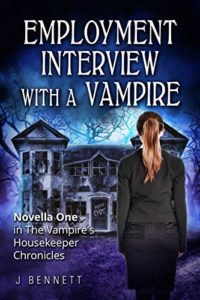 Title: Employment Interview With a Vampire
Title: Employment Interview With a Vampire Title: Take Care of Your Body
Title: Take Care of Your Body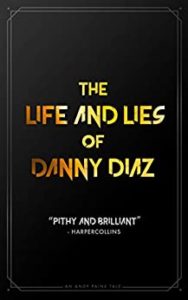 Title: The Life and Lies of Danny Diaz
Title: The Life and Lies of Danny Diaz